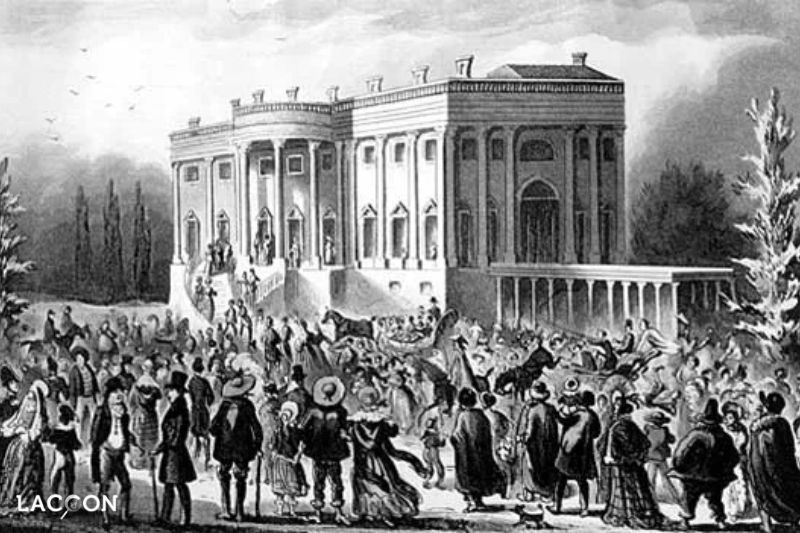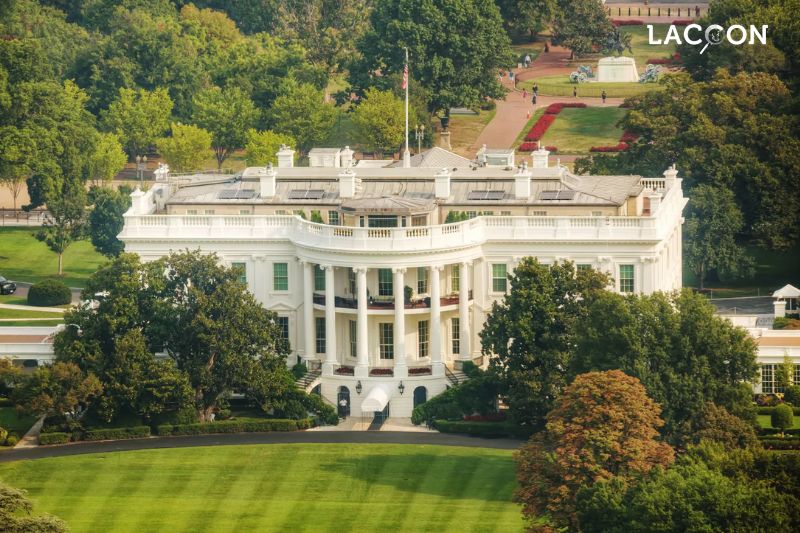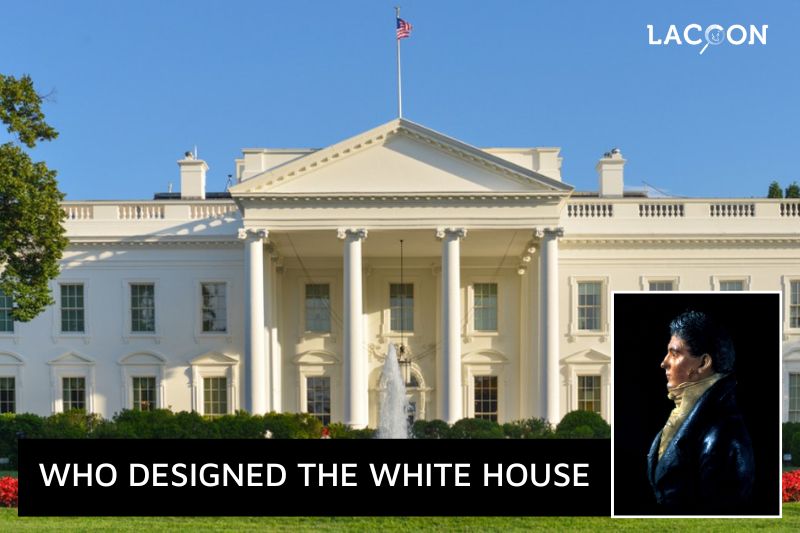Hey there, fellow knowledge-seekers! Did you know that one of the most famous buildings in the entire United States was designed by a person? Crazy, right?
This architect had the super important task of creating the President’s House, which we now know as the White House. Their design skills were so amazing that their creation has become an iconic symbol of American history. But Who Designed The White House, you ask? Well, you’ll just have to keep reading to find out!
Who Designed the White House
The White House is one of the most iconic and historically significant buildings in the United States. But have you ever wondered who was responsible for designing such an impressive structure?
Well, let me tell you – the architect behind the White House was James Hoban. This Irish-born designer won a competition held by President George Washington in 1792 to create a new President’s House.
Hoban’s use of Georgian and Roman classicism styles made for a truly unique and memorable design that has endured through the centuries. So next time you’re admiring the White House, take a moment to appreciate the incredible work of James Hoban, the architect who created this American landmark.
Influence and Inspiration for the White House

James Hoban drew inspiration from the Leinster House in Dublin, Ireland, which was built in the mid-18th century for the Duke of Leinster. Hoban greatly admired the work of Richard Cassels, the architect who designed the building, and it’s clear that the design of the White House was influenced by the Leinster House’s elegant and classical style.
In addition, the main facade of the White House was inspired by plate 51 in James Gibbs’ Book of Architecture. Gibbs was a prominent architect in the 18th century, known for his work on buildings such as St Martin-in-the-Fields in London, and his book was a major influence on architects of the time, including Hoban.
Construction The White House
James Hoban oversaw the construction of the White House from 1792 to 1801, working closely with President George Washington and other government officials to ensure that the building was constructed according to their specifications.
Although President Washington played a role in the construction of the White House, he never actually lived there. It was President John Adams and his wife Abigail who were the first residents of the White House, moving in in 1800 when the building was nearly completed.
During the War of 1812, the White House was burned by British forces led by Irish General Robert Ross. The building was badly damaged, with the interior completely destroyed and the exterior walls charred and blackened.
After the attack, James Hoban was once again called upon to supervise the reconstruction of the building. Hoban worked tirelessly to restore the White House to its former glory, rebuilding the interior and repairing the exterior walls.
The restoration work took several years to complete, but when it was finished, the White House was once again a symbol of American power and democracy. In fact, Hoban’s restoration work was so successful that it’s often difficult to tell which parts of the building are original and which were reconstructed after the fire.
The Today Modern White House Is Not The Original

The White House is one of the most iconic buildings in the world, and it’s seen some major changes over the years! I mean, can you imagine James Hoban’s original design without the West Wing or the East Wing? It’s hard to picture, right?
Since the White House was first constructed in the late 1700s, there have been all kinds of renovations and upgrades to keep it up to date. From President Theodore Roosevelt’s addition of the West Wing to the more recent upgrades during the Obama administration, the White House has been evolving with the times.
But even with all these changes, the White House still maintains the classic neoclassical style that Hoban envisioned. Its grand portico, with its columns and pediments, remains an iconic symbol of American power and democracy.
So the next time you’re admiring the White House, take a moment to appreciate all the work that’s gone into keeping it up to date while still honoring its historic significance. And who knows – maybe one day you’ll even get a chance to tour the White House yourself!
Conclusion
James Hoban’s journey from humble beginnings as a carpenter and architect in Ireland to designing one of the most famous buildings in the world is a testament to his talent and determination. His legacy lives on through the White House, which continues to serve as the home of the President of the United States and a symbol of the nation’s enduring spirit.
We hope you fellow knowledge-seekers find this article helpful. Thank you for visiting Lacoon!
Read more:





